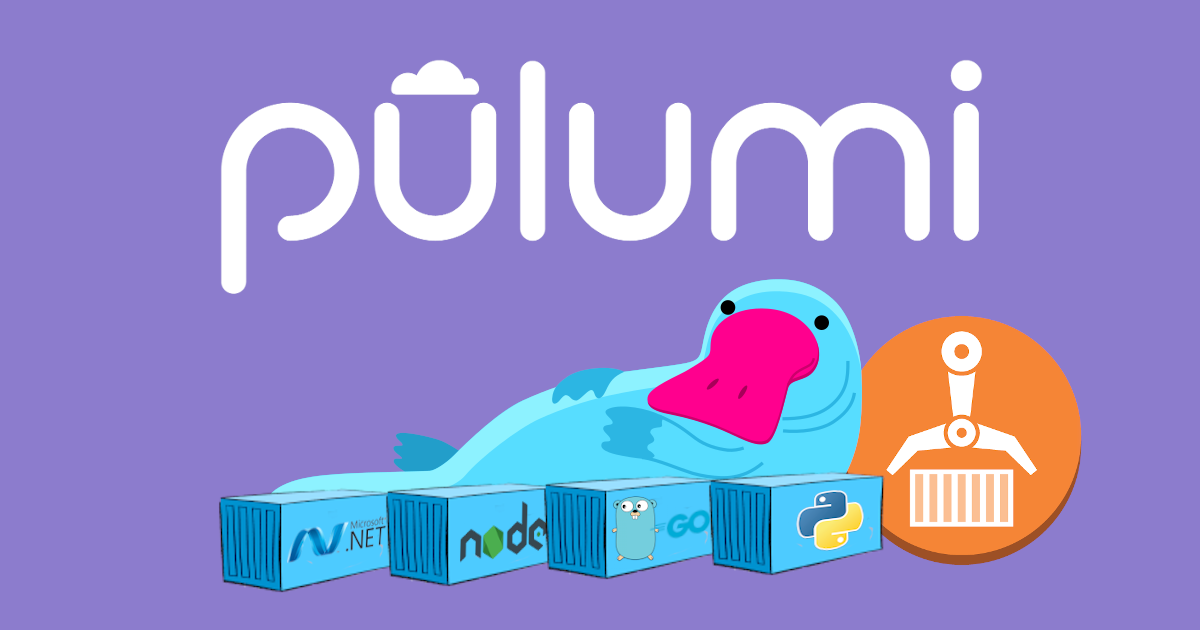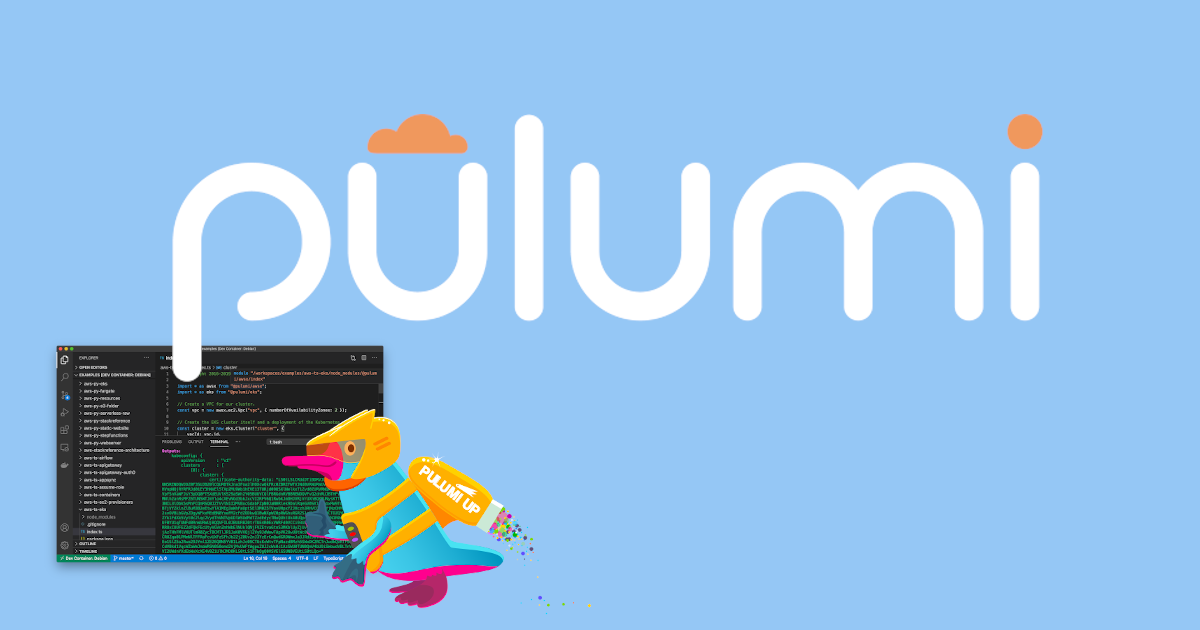Pulumi container images now available on Amazon ECR Public

At re:Invent, the AWS team unveiled the new Amazon Elastic Container Registry Public (Amazon ECR Public), creating a new option for users in publishing and pulling public container images. Pulumi fully supports Amazon ECR Public in two ways:
- Official Pulumi container images are available today on Amazon ECR Public.
- Pulumi is the easiest way to package and publish your container images, and we’ll support publishing your container images to Amazon ECR Public very soon.








